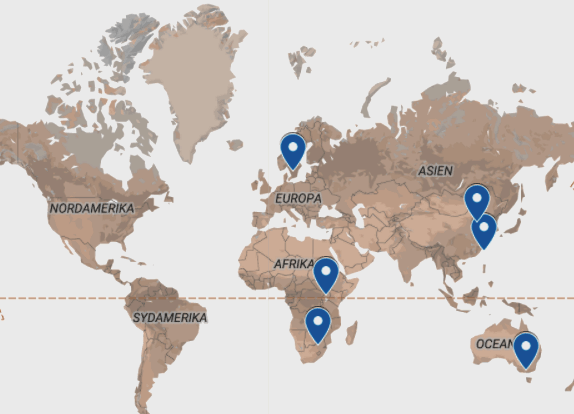Areas of usage
What we measure and why
The PMP instrument measures participation in every day life situations. Every child has a right to be heard in situations that is of their concern.
All children can be heard
The instrument can be and has been used among children and youth with and without different kind of disabilities, such as psysical disability and/or intellectual disability or within the autism spectrum disorders (ASD).
PMP has also been used among children with long term health conditions such as congenital heart disease and diabetes.
%20(2)%20PMP%20Map.gif)
Global usage
Picture My Participation has been used by researchers to measure children's participation in everyday life in several high-, middle- and low income countries.
The instrument is available in Chinese/Mandarin, English and Swedish.
For more information, see Validations and/or Publications
Summary
The instrument has been used in six countries with almost 500 children with disabilities and 1000 typically developed children and their caregivers. So far, we have seen that the usefulness of the scale is higher for children with disabilities than typically developed children. It is also more useful in low- and middle income countries than in high income countries. We also know that the PMP instrument can be used at component level and as a screening toll for intervention planning. Feedback have been given that the interface is simple to operate by the healthcare workers and was attractive and motivating to children. In Taiwan the PMP instrument is developed as an App and it provides a practical tool with initial support for usability to enable active engagement and communication of children with disabilities with healthcare providers.
Clinical use in Taiwan
The PmP was used as part of a randomized clinical trial to evaluate the effects of the environment-based intervention on the participation goals of autistic children 6-10 years old in Taiwan.
The children were engaged in the PmP interview to select up to three prioritized activities. The children’s prioritized activities were then formulated as measurable participation goals collaboratively with their parents and therapists. The PmP can be a feasible clinical tool to facilitate goal setting process based on the child’s interests and preferences in individualized real-life interventions.


